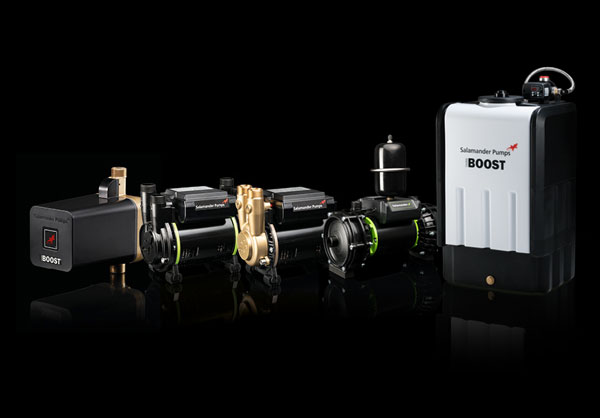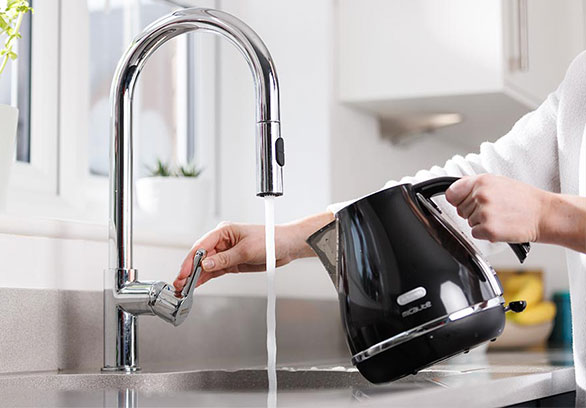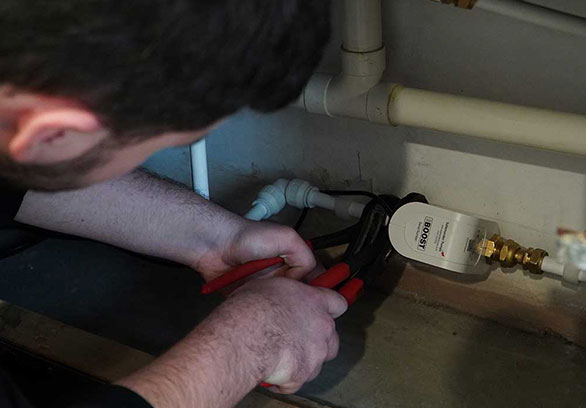Pre-installation
5 Steps to follow if you have poor water flow from your tap
If you are experiencing weak water flow from your tap, there are several steps you can take to identify and resolve the issue. The following guide outlines five practical steps that can help restore the water pressure and flow in your home.
- Check Your Aerator
The aerator, which is fitted to the tip of your tap, can often become blocked by mineral deposits and sediment over time. This build-up restricts water flow and can result in low pressure.
What to do:
- Unscrew the aerator from the tap.
- Soak it in a solution of water and vinegar for several hours to dissolve any limescale or debris.
- Use an old toothbrush to gently remove any remaining particles before rinsing thoroughly and reattaching.
Regular cleaning of the aerator is an effective way to maintain a strong and consistent water flow.
- Inspect Your Pipe for Blockages
Blockages in your pipes, caused by accumulated sediment or corrosion, can significantly affect water pressure.
What to do:
- Check accessible pipes for any signs of sediment build-up or corrosion.
- Flush the pipes by running water at full pressure for a few minutes.
- If the problem persists, it may be necessary to have a professional plumber carry out a more thorough inspection.
Addressing blockages early can help prevent further issues and ensure your system operates efficiently.
- Check for Leaks
A leak in your plumbing system can reduce the water available to your tap and lead to low water pressure.
What to do:
- Look for any visible signs of dampness or water stains near your taps and under sinks. You may notice stains appearing on ceilings
- Observe your water meter for unexpected changes, as this may indicate a leak.
- If you identify a leak, repair it promptly or seek professional assistance to avoid further loss of water and potential damage.
Timely repairs not only improve water pressure but also help avoid higher water bills and property damage.
- Examine Your Pipes for Wear
Older or damaged pipes, particularly those constructed from lead or other soft metals, can become compressed or corroded, restricting water flow.
What to do:
- Inspect your pipes for any signs of wear, corrosion, or compression.
- Consider whether the issue may be due to ageing infrastructure that requires modernisation or repair.
- Consult with a qualified plumber if you suspect that your pipes are contributing to low water pressure.
Replacing or repairing compromised pipes can lead to a noticeable improvement in water flow and overall system reliability.
- Review Your Tap’s Restrictor
Modern, water-efficient taps often include built-in restrictors designed to conserve water. However, these restrictors can sometimes reduce flow more than expected, especially if the incoming pressure is already low.
What to do:
- Check the manufacturer’s guidelines for your tap to understand its designed flow rate.
- Determine whether the low water flow is due to a built-in feature or an underlying issue.
- If the tap’s design is too restrictive for your needs, consider alternatives or speak to a professional about possible adjustments.
Balancing water conservation with performance is key to ensuring both efficiency and adequate water pressure.
What to do if these steps don’t work?
If these steps don’t resolve your water flow issues, it may be time to consider a water boosting solution. TapBoost is an ideal choice for improving the flow to a single outlet, such as a slow-filling kitchen tap or bathroom basin. For homes experiencing low water flow across multiple outlets, larger mains booster pumps like those in the MainsBooster range may be more suitable. If your home has a gravity-fed system, a shower or whole-house pump can help enhance performance. Additionally, if hard water is contributing to the problem, installing a water conditioner can prevent limescale buildup that restricts flow. To explore the full range of solutions, visit Salamander Pumps.




